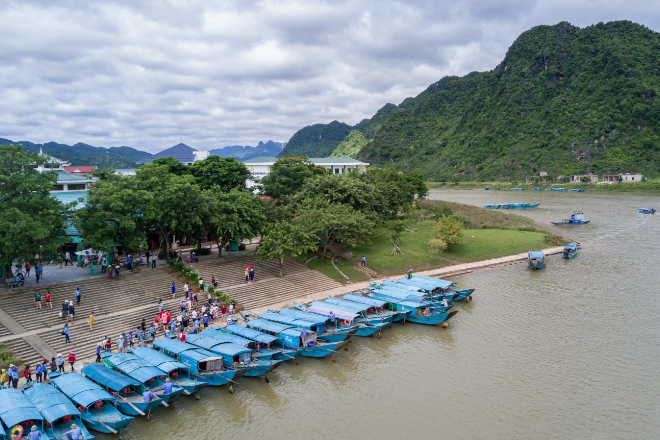
Viet Nam has deployed web mapping technology to monitor Mekong Delta’s riverbanks and coastline to flag potential risks from landslides and land erosion.
A report from Saigon Online said the country’s Ministry of Agriculture and Rural Development introduced the WebGIS (geographic information systems) mapping technology in June 2018. The WebGIS map has so far received data from 13 provinces around the region.
The tool aims to collect information about land erosion along the coastline and landslides along riverbanks, including length, depth, and impact on the environment and residents, according to the report. It can also help deliver warnings and disseminate information in advance. It uses map-based data, and can include pictures and videos.
The tool also aims to support the government in mobilizing financing to manage the riverbanks and coastline and implement mitigating measures against landslides and land erosion.
The Mekong Delta has been seeing increased landslides and land erosion, with the World Wildlife Fund and the Mekong River Commission citing sand overexploitation as the cause.
Early findings
According to the Saigon Online report, initial findings have shown that the Mekong Delta has 564 hotspots—equivalent to more than 834 kilometers of riverbanks and coastline—at risk from landslides and erosion. The findings show 104 of the hotspots, accounting for around 35% of the total area, are considered “extremely dangerous,” and 121, accounting for 29% of the total area, are “dangerous.”
The Viet Nam Disaster Management Authority warned that data is still insufficient. Relevant grassroots authorities must regularly check, categorize, and input updated data for the map with precise, objective, and consistent information.
This was adapted from an article first published by the Greater Mekong Subregion on 8 May 2020.

